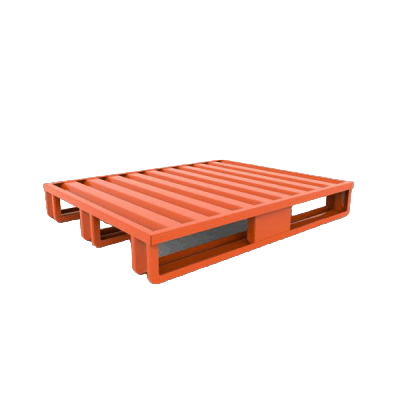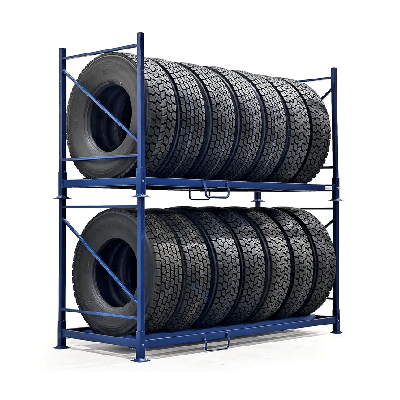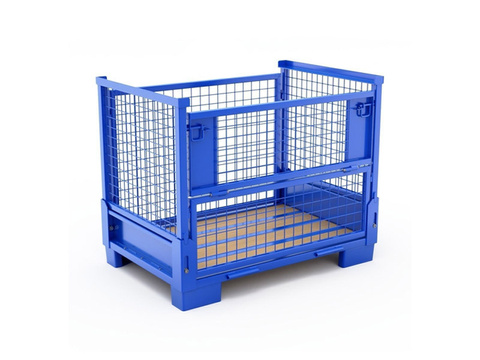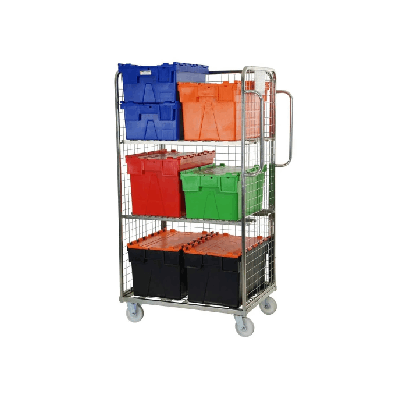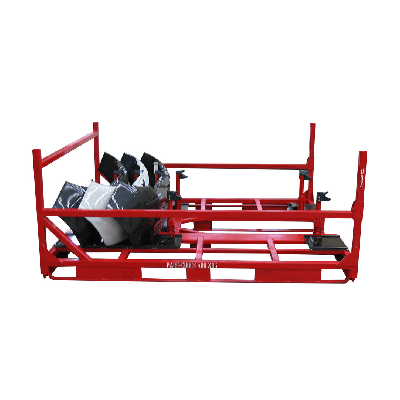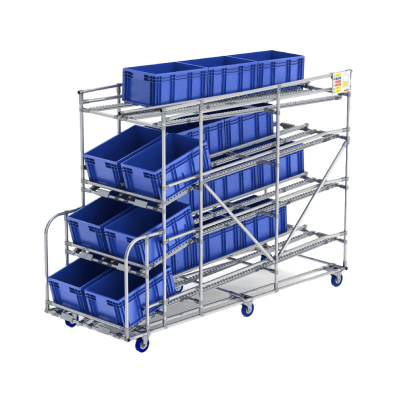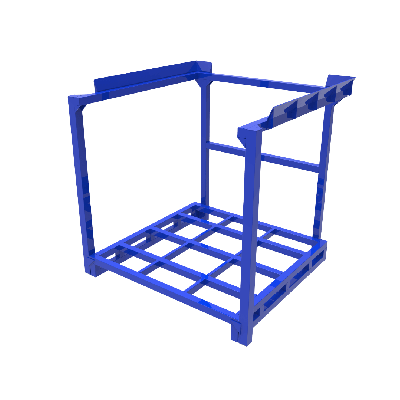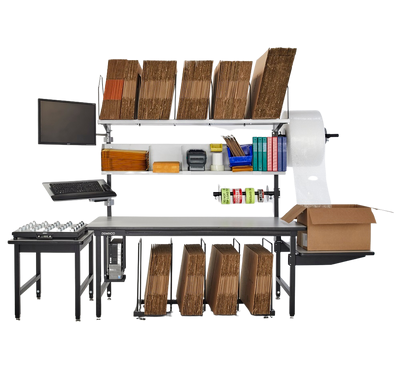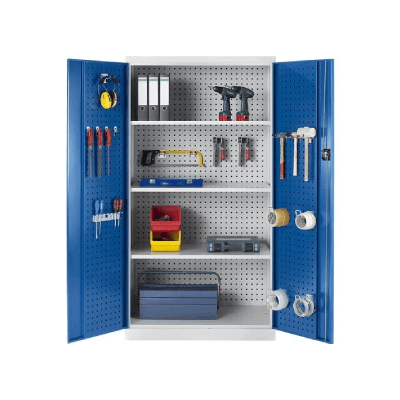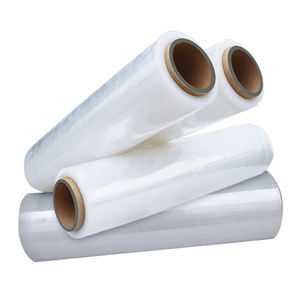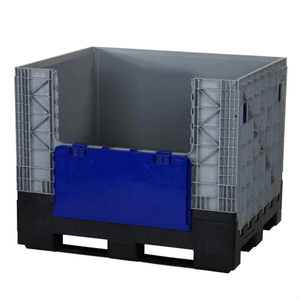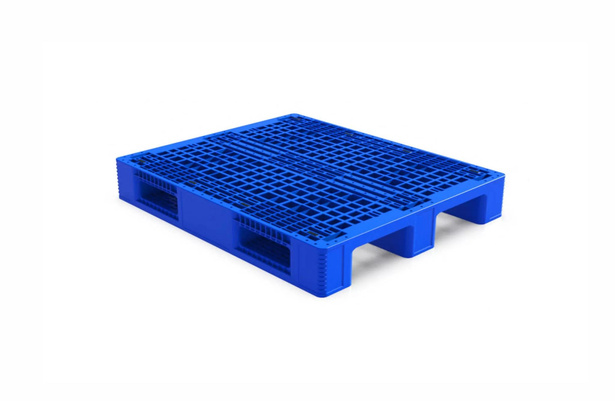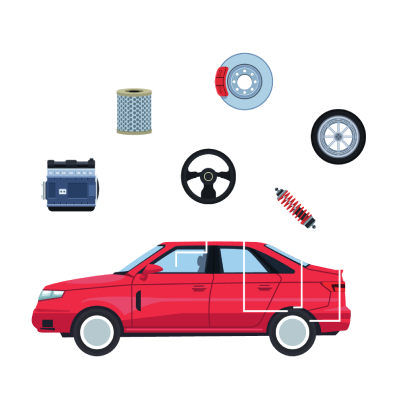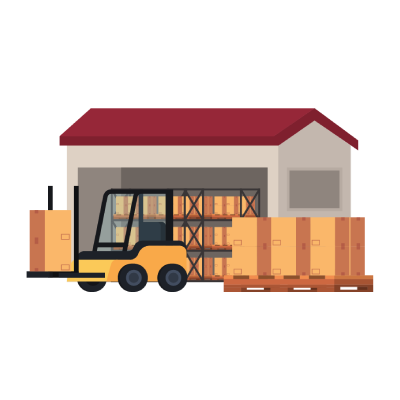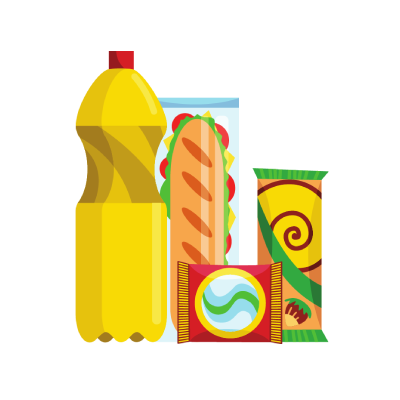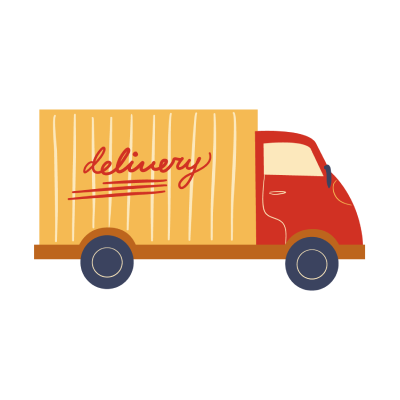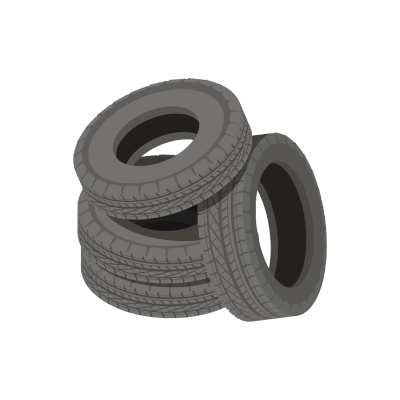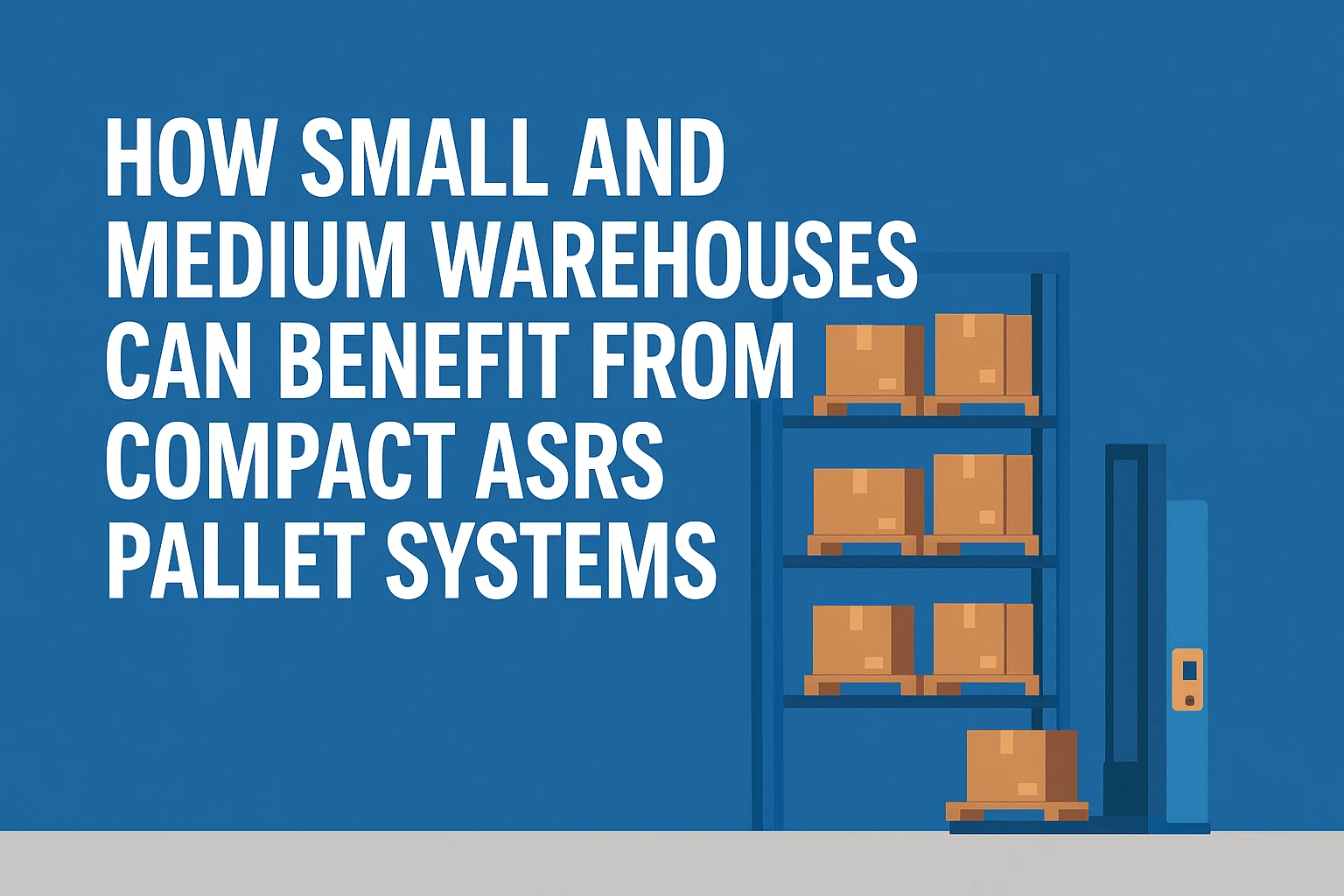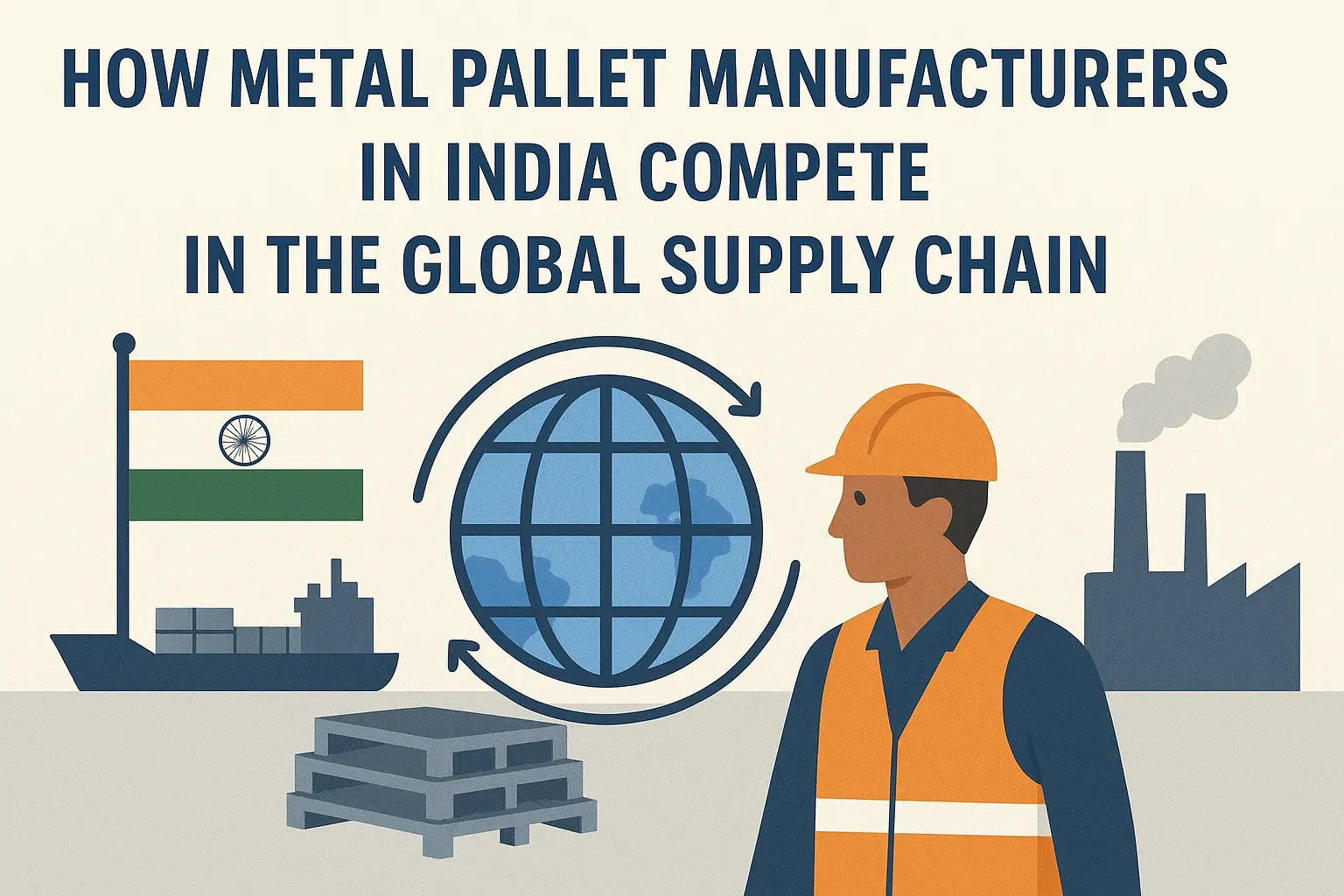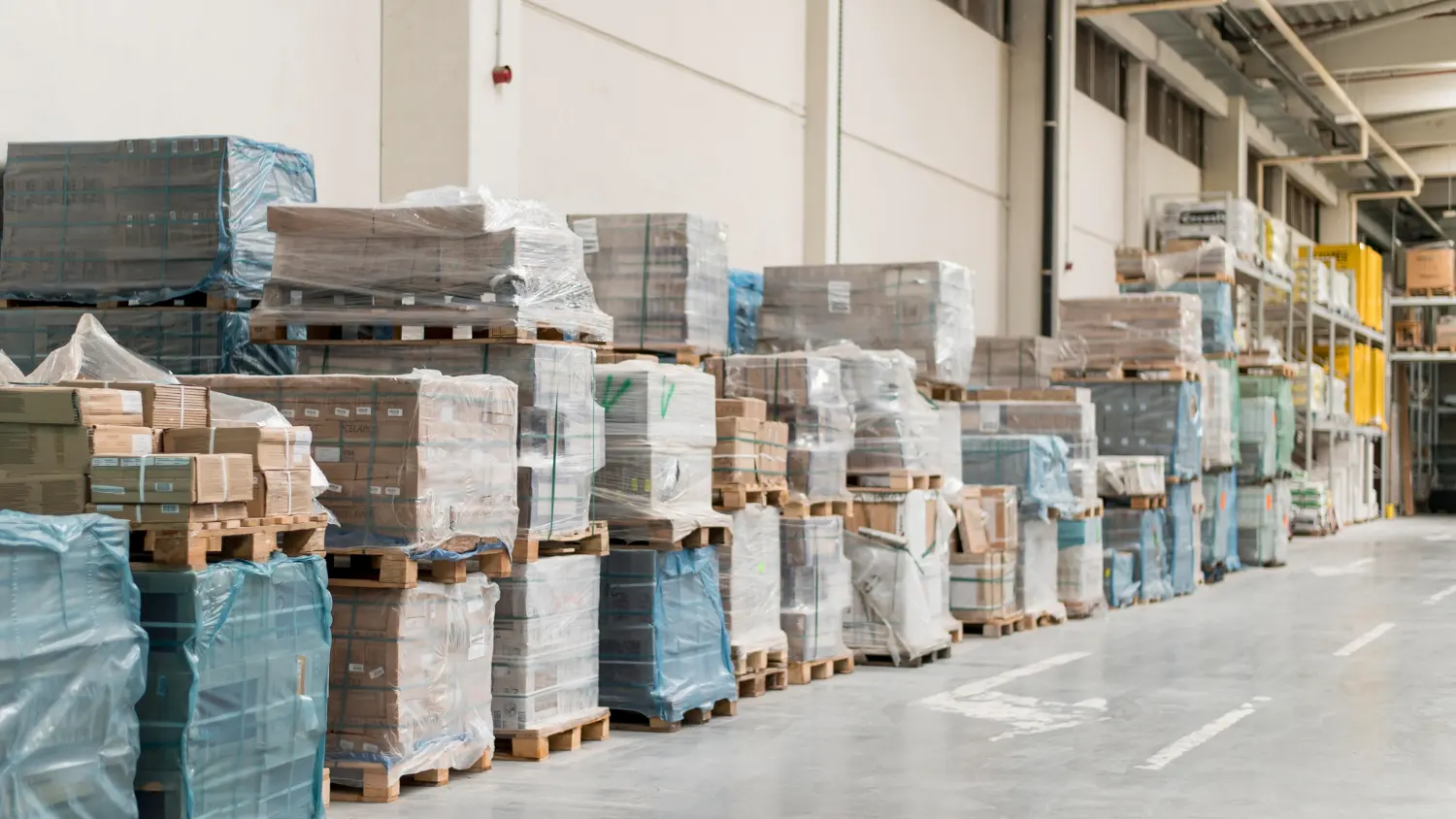
In today’s fast-paced business environment, efficient and sustainable packaging systems play a pivotal role in supply chain operations. Returnable Packaging Solutions are transforming industries by offering cost-effective, eco-friendly alternatives to traditional one-way packaging methods. Designed for repeated use, these solutions minimize waste, optimize logistics, and deliver substantial savings over time. This content explores the importance, benefits, and applications of returnable packaging systems and highlights why businesses are making the shift to these innovative solutions.
What Are Returnable Packaging Solutions?
Returnable packaging refers to durable containers, pallets, and other transport equipment designed to be used multiple times throughout their lifecycle. Unlike single-use packaging, which contributes to significant waste and inefficiency, returnable packaging systems are built for resilience and long-term use.
Materials used in returnable packaging are typically robust, such as high-density polyethylene (HDPE), polypropylene, metal, or composite materials. These materials ensure the durability and longevity required for repeated use across various stages of the supply chain.
Benefits of Returnable Packaging Solutions
1. Cost Efficiency
Returnable packaging systems significantly reduce costs associated with single-use materials. Over time, the initial investment in durable containers and pallets pays off, as businesses save on recurring expenses for disposable packaging.
2. Environmental Sustainability
With growing environmental concerns, companies are striving to adopt greener practices. Returnable packaging minimizes waste generation, reduces dependency on raw materials, and lowers carbon footprints. By eliminating single-use plastics, it aligns with corporate sustainability goals.
3. Enhanced Durability and Protection
Designed to withstand harsh handling and transport conditions, returnable packaging provides superior protection for goods. Whether transporting fragile items or heavy machinery, these solutions ensure product safety and minimize damage during transit.
4. Improved Supply Chain Efficiency
Returnable packaging systems streamline supply chain operations by simplifying processes such as inventory management, transportation, and storage. The standardized sizes and modular designs optimize space utilization and reduce handling time.
5. Brand Reputation and Compliance
Adopting eco-friendly practices like returnable packaging enhances a company’s reputation. Customers and stakeholders are increasingly valuing firms that prioritize sustainability. Additionally, it helps meet regulatory requirements for waste management and environmental conservation.
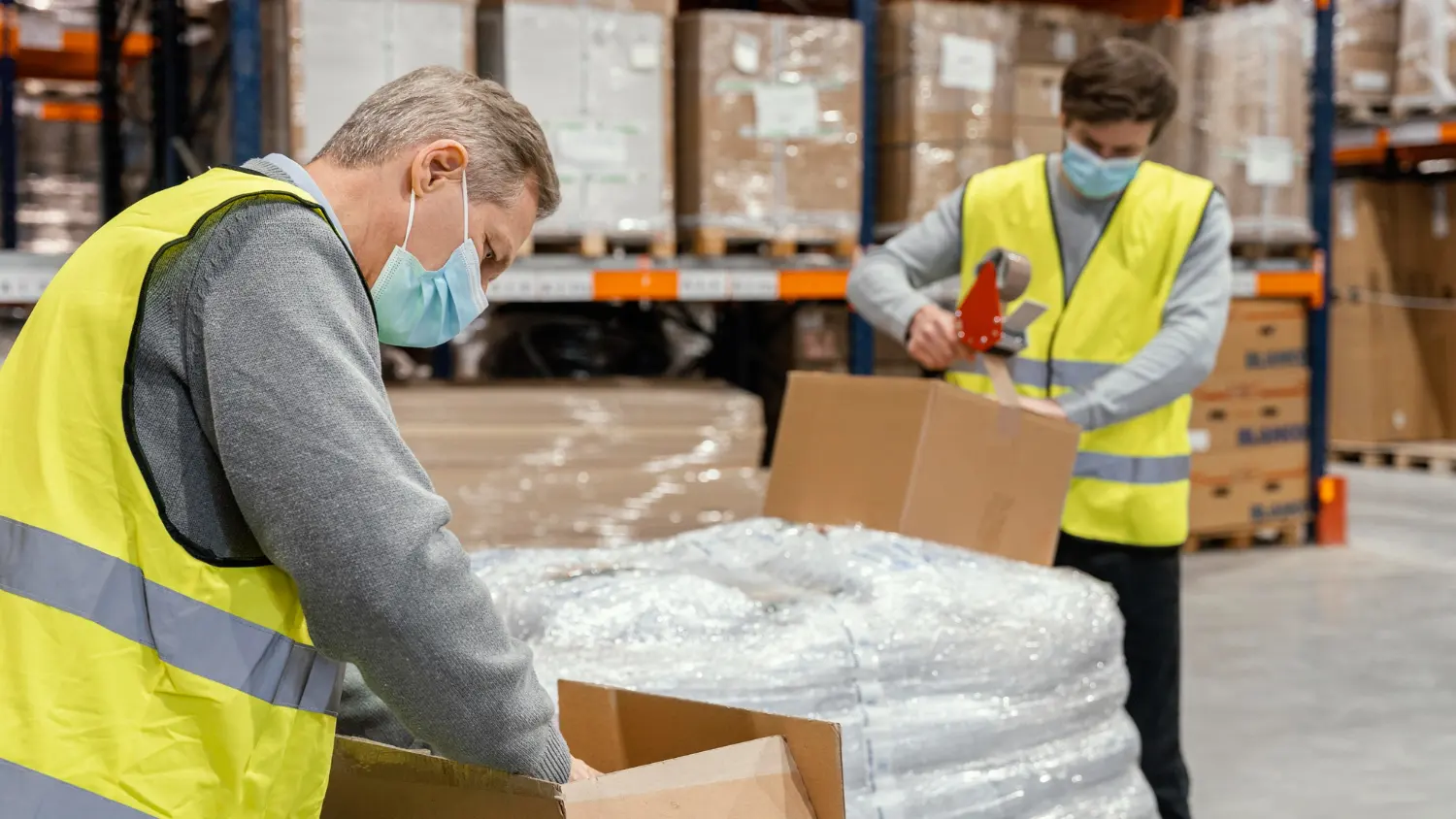
Key Industries Leveraging Returnable Packaging Solutions
Automotive Industry
The automotive sector extensively uses returnable packaging for transporting parts and components like engines, gears, and fasteners. Durable totes, racks, and pallets ensure the safe delivery of these high-value items.
Retail and E-Commerce
Retail and e-commerce companies increasingly adopt returnable packaging to optimize last-mile delivery and reduce packaging waste. Reusable crates and totes are commonly employed for transporting goods to distribution centers and stores.
Food and Beverage
Returnable packaging is vital in maintaining hygiene and freshness in the food and beverage industry. Reusable containers and crates are widely used for fruits, vegetables, dairy products, and beverages.
Pharmaceuticals
Pharmaceutical companies rely on returnable packaging for secure and contamination-free transport of medicines and medical devices. Specialized containers ensure compliance with health and safety standards.
Manufacturing
From electronics to heavy machinery, the manufacturing industry benefits from returnable packaging by reducing waste and safely transporting raw materials and finished products.
Types of Returnable Packaging Solutions
1. Reusable Pallets
Pallets are a cornerstone of efficient transport and storage. Reusable pallets, made from materials like plastic or metal, offer durability and long-term usability, reducing waste and costs.
2. Collapsible Containers
Collapsible containers are space-saving solutions designed to fold flat when empty. These containers are ideal for businesses aiming to optimize storage and reduce return transport costs.
3. Plastic Totes and Crates
Lightweight, stackable, and durable, plastic totes and crates are versatile solutions for various industries. Their standardized designs simplify logistics and enhance operational efficiency.
4. Metal Racks and Frames
Metal racks are commonly used for heavy-duty applications, such as automotive parts and industrial equipment. Their strength and durability guarantee safe transportation and storage.
5. Intermediate Bulk Containers (IBCs)
IBCs are used for transporting liquids, powders, and granulated materials. These containers are reusable, cost-effective, and environmentally friendly, making them an ideal choice for industries like chemicals and agriculture.
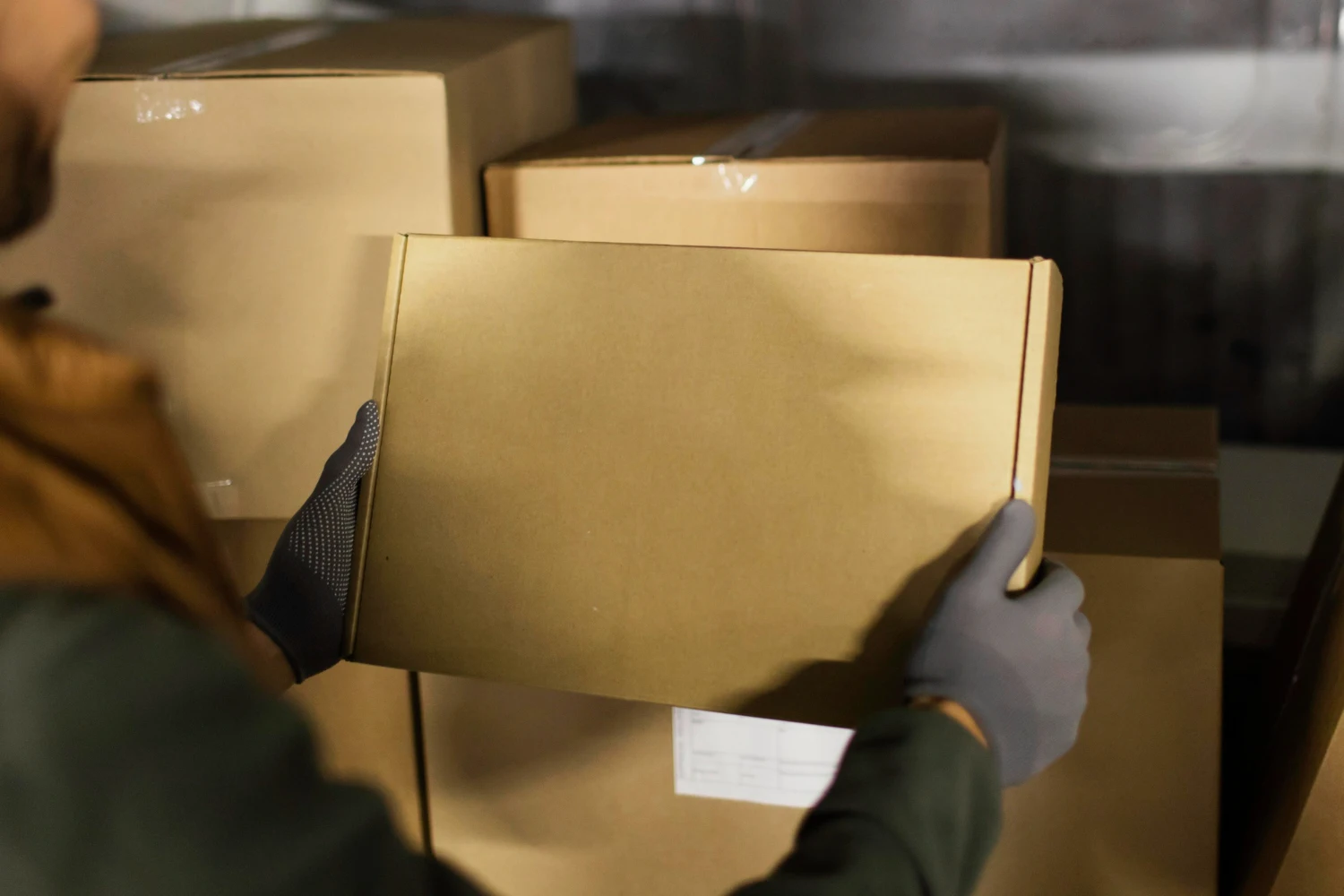
Implementation of Returnable Packaging Solutions
1. Assessing Business Needs
The first step in implementing returnable packaging is assessing specific business requirements. Factors such as product type, transport conditions, and volume of shipments determine the most suitable packaging solution.
2. Design and Customization
Customizable returnable packaging ensures a perfect fit for the goods being transported. Tailored solutions enhance product safety and maximize space utilization.
3. Partnering with Experts
Collaborating with experienced returnable packaging providers ensures a seamless transition. These experts offer valuable insights into the design, implementation, and maintenance of reusable packaging systems.
4. Tracking and Management Systems
Advanced tracking technologies, such as RFID and GPS, are increasingly integrated into returnable packaging systems. These technologies enable real-time monitoring, streamline logistics, and prevent loss or theft.
Overcoming Challenges in Adopting Returnable Packaging
1. Initial Investment
While the upfront cost of implementing returnable packaging solutions can be significant, businesses must consider the long-term savings and environmental benefits.
2. Logistical Complexities
Managing the return of empty packaging can be challenging. Businesses must develop efficient reverse logistics systems to ensure smooth operations.
3. Resistance to Change
Switching from traditional to returnable packaging requires a cultural shift within organizations. Employee training and stakeholder engagement are essential to ensure successful adoption.
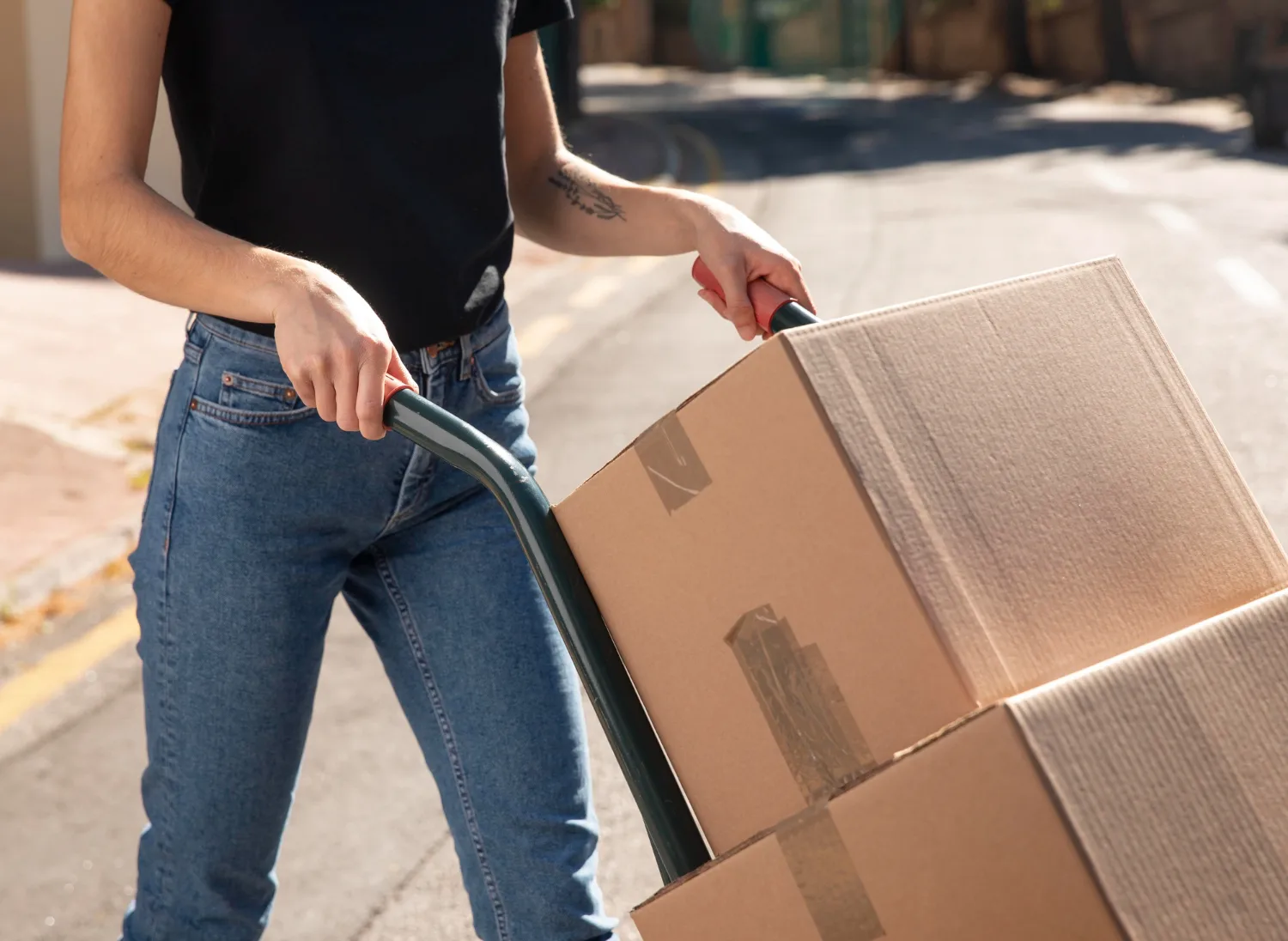
Future of Returnable Packaging Solutions
The future of Returnable Packaging Solutions lies in innovation and technological advancements. With the increasing focus on sustainability, businesses are expected to invest more in reusable systems. Innovations such as smart packaging, and incorporating sensors for temperature and humidity monitoring, will further enhance the efficiency of these solutions.
Additionally, governments and industry bodies worldwide are introducing regulations to promote sustainable packaging practices. This momentum is driving the adoption of returnable packaging systems across various sectors.
Conclusion
As industries continue to prioritize sustainability and efficiency, Returnable Packaging Solutions emerge as a game-changer in modern supply chain management. Offering a combination of cost savings, environmental benefits, and operational efficiency, these systems are set to redefine the way businesses approach packaging and logistics.
For those seeking reliable and durable solutions, partnering with trusted providers is essential. Companies like Kole Pallet specialize in delivering customized returnable packaging systems that align with the unique needs of different industries. By embracing these innovative systems, businesses can achieve their sustainability goals while enhancing overall efficiency and profitability.
Frequently Asked Questions:-
1. What are Returnable Packaging Solutions?
- Returnable Packaging Solutions refer to durable and reusable containers, pallets, and transport equipment designed for repeated use in the supply chain. They are eco-friendly alternatives to single-use packaging and help reduce costs, minimize waste, and improve logistics efficiency.
2. Which industries benefit the most from Returnable Packaging Solutions?
- Industries such as automotive, retail, food and beverage, pharmaceuticals, and manufacturing benefit significantly from returnable packaging. These sectors use reusable containers, pallets, and totes to transport goods safely, reduce waste, and enhance supply chain operations.
3. How do Returnable Packaging Solutions support sustainability?
- Returnable packaging minimizes waste by reducing reliance on single-use materials, lowers carbon emissions during production and transport, and promotes recycling at the end of its lifecycle. This makes it an integral part of sustainable business practices.
4. What are some common types of Returnable Packaging?
- Popular types include reusable pallets, collapsible containers, plastic totes, metal racks, and intermediate bulk containers (IBCs). These options are designed for durability, efficiency, and compatibility with various goods and industries.
5. Are Returnable Packaging Solutions cost-effective?
- Yes, while there is an initial investment involved, returnable packaging offers long-term cost savings. Businesses save on recurring expenses for single-use materials and reduce costs associated with damaged goods and inefficient logistics.

